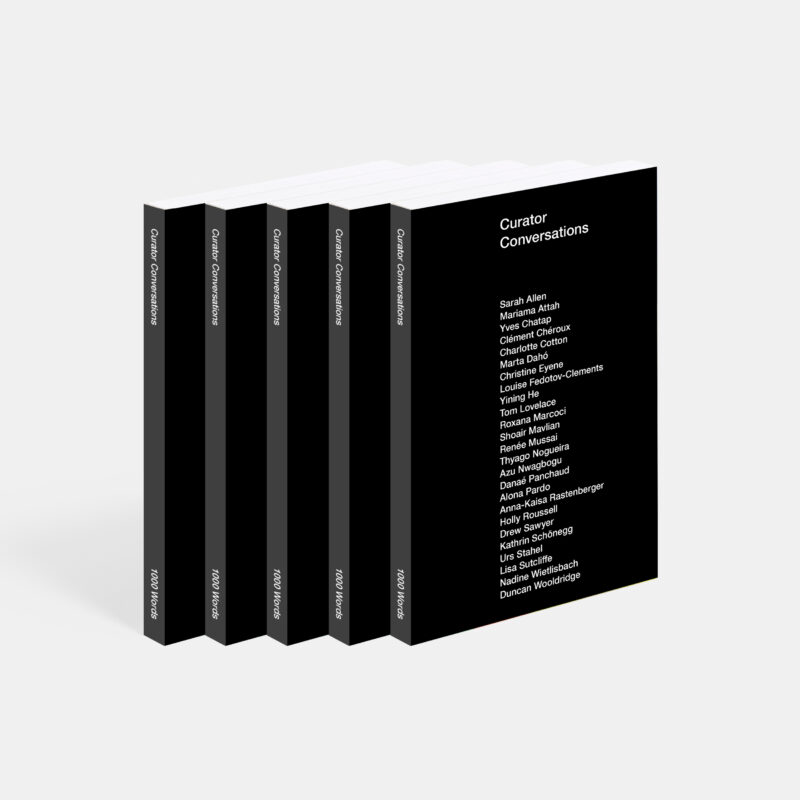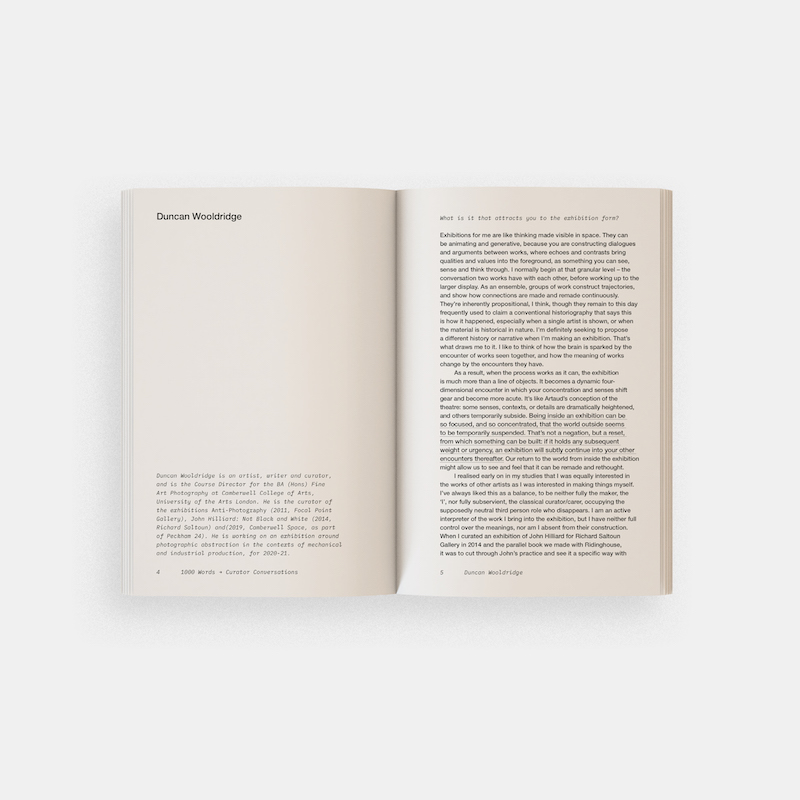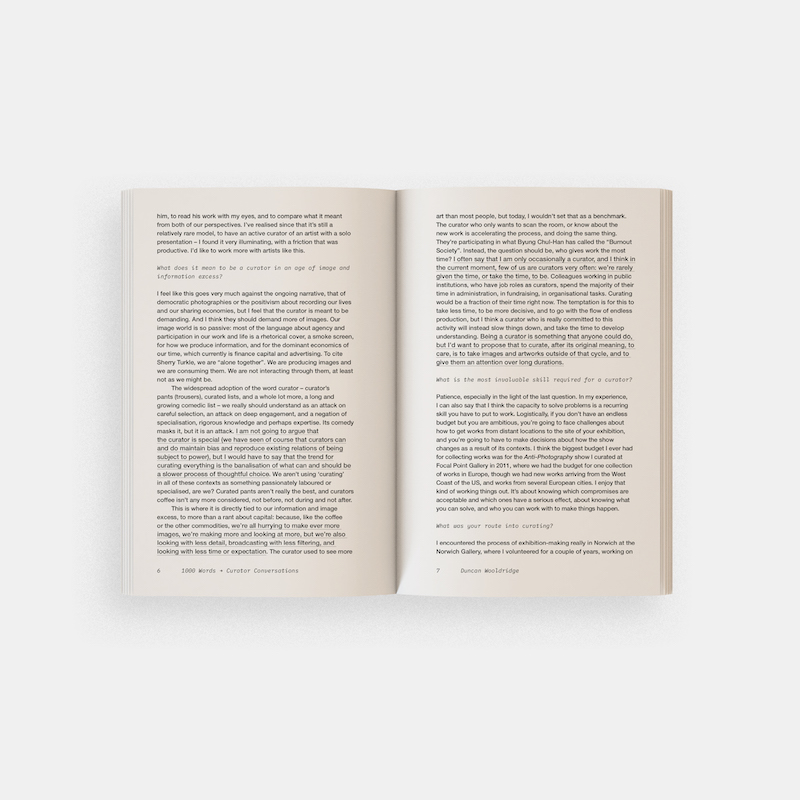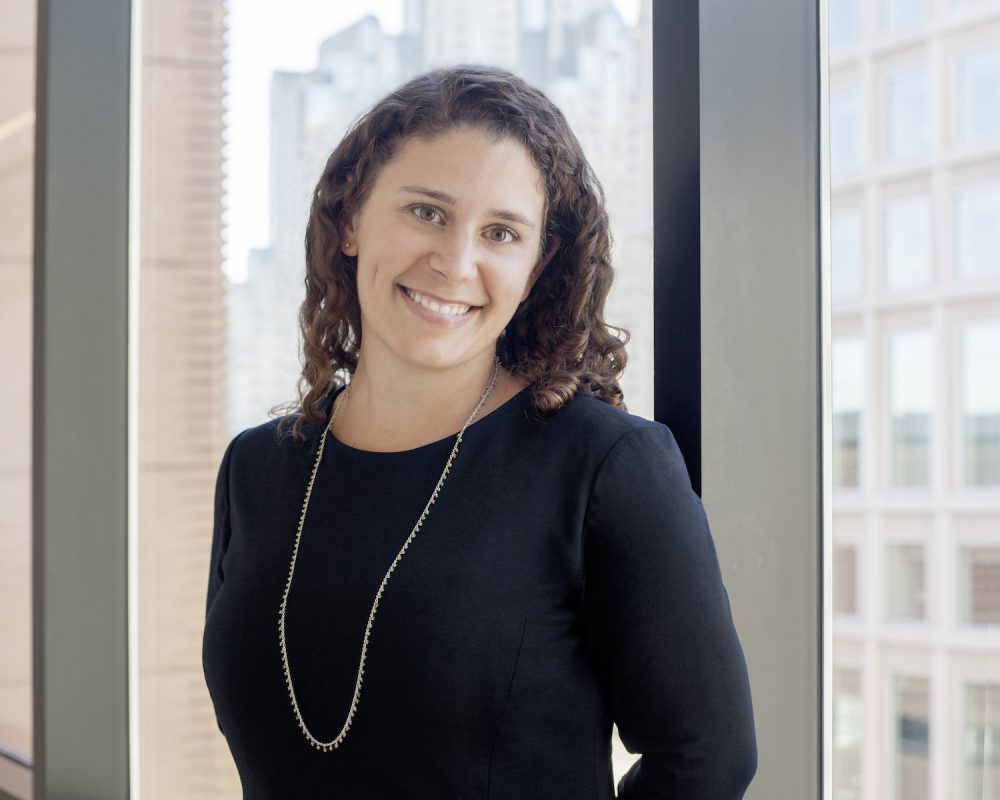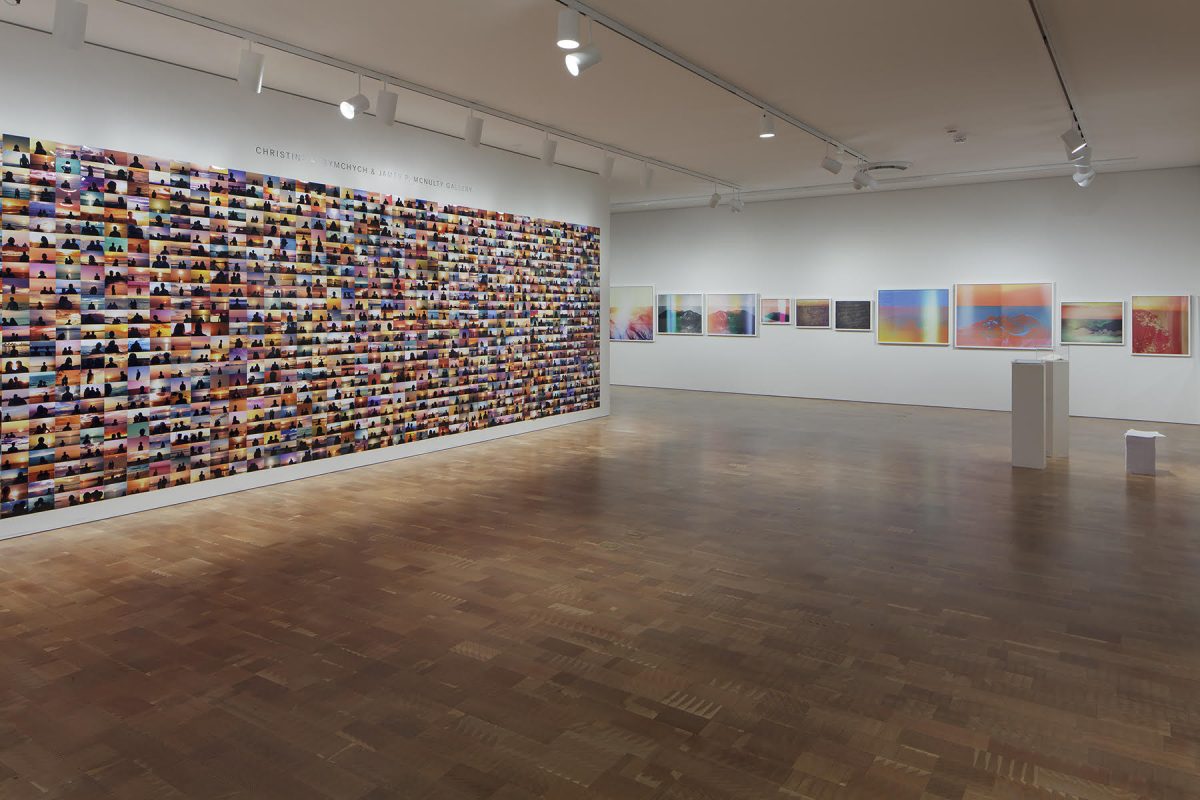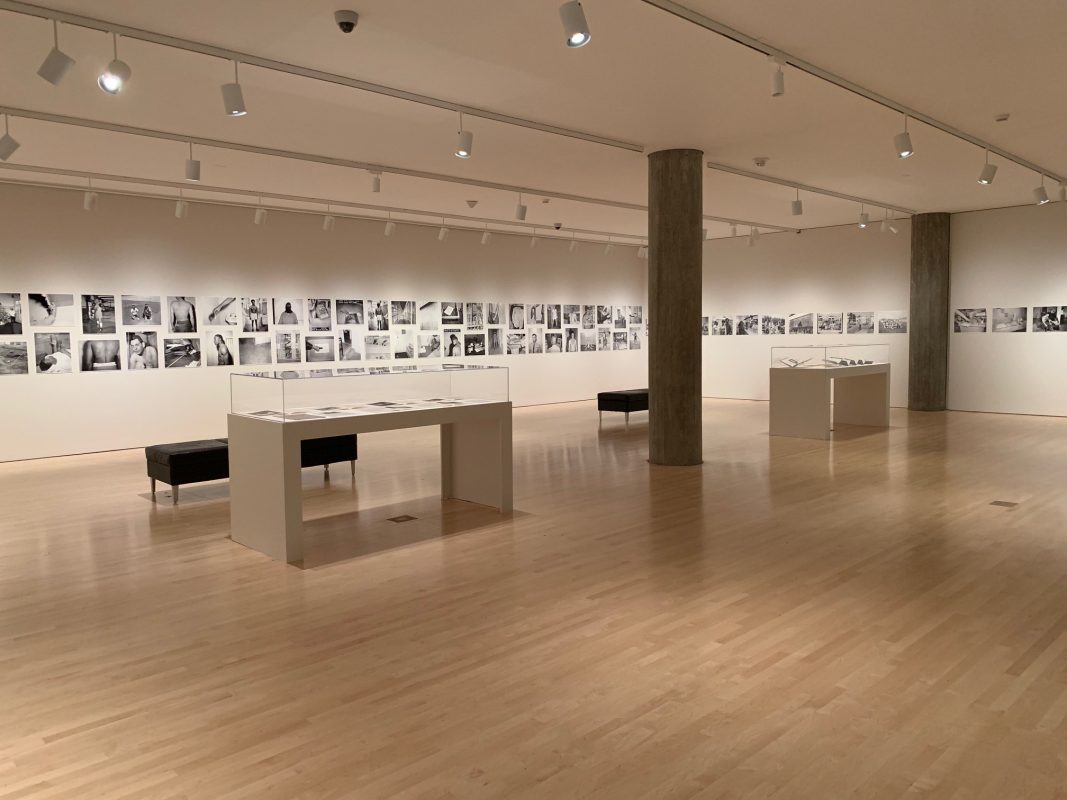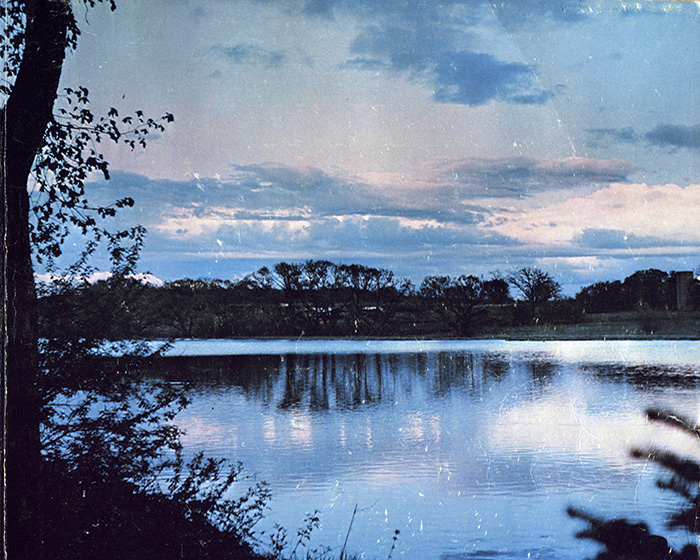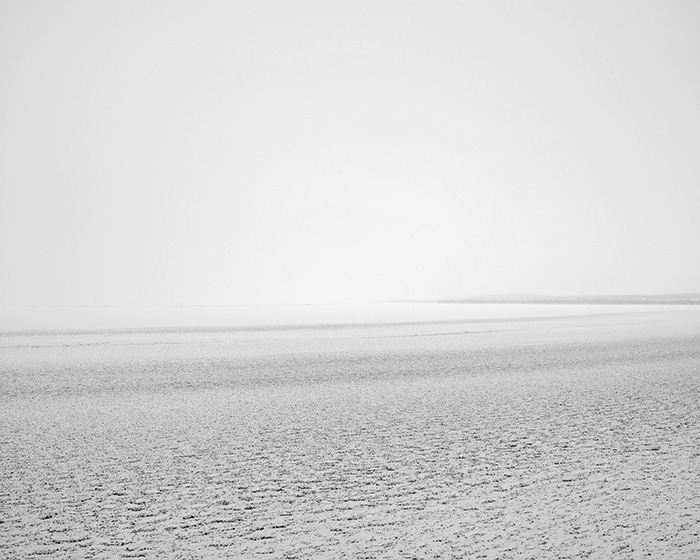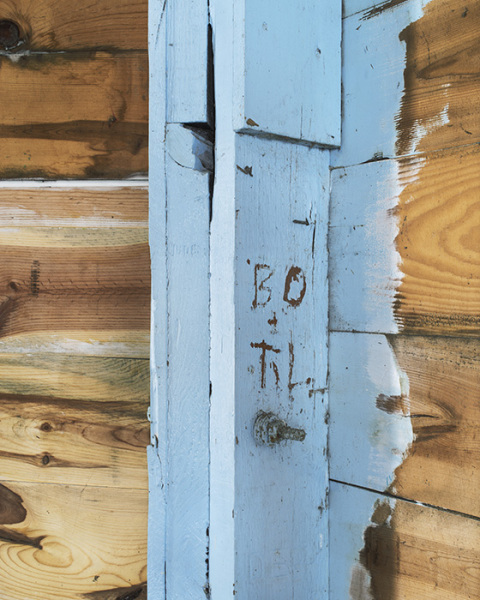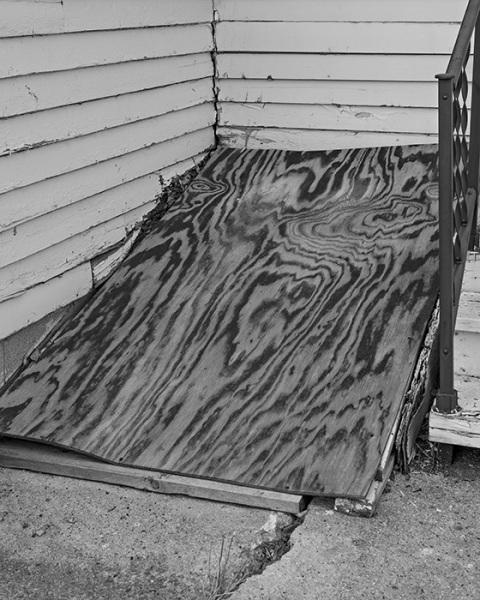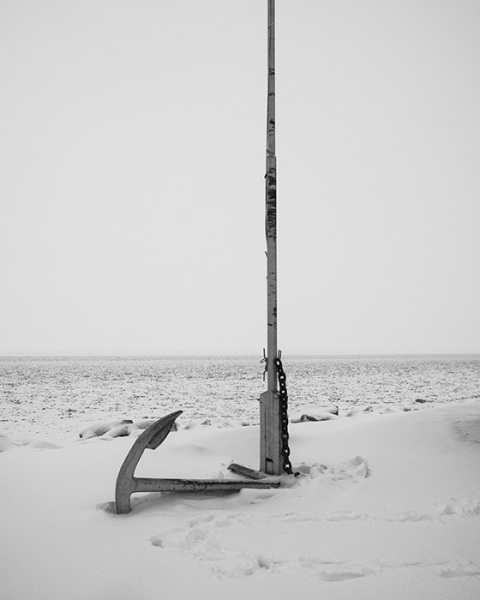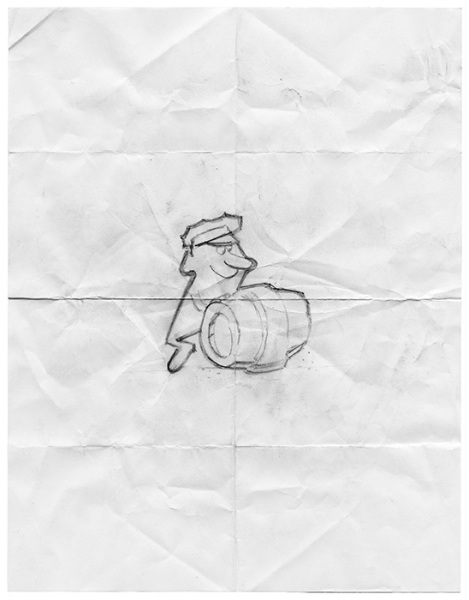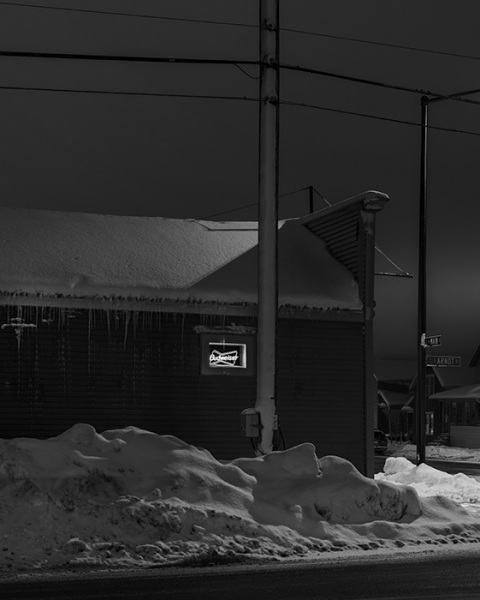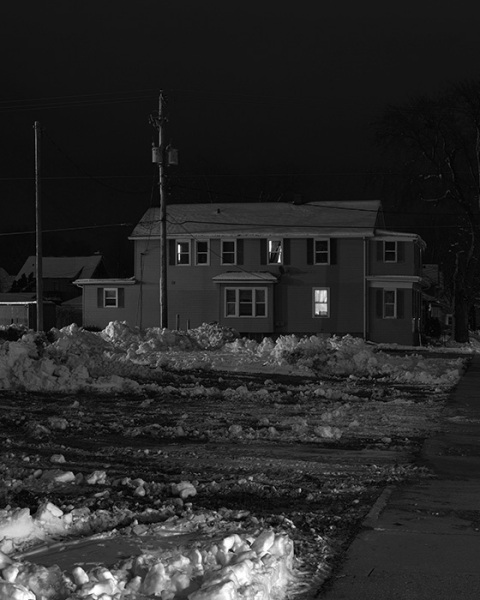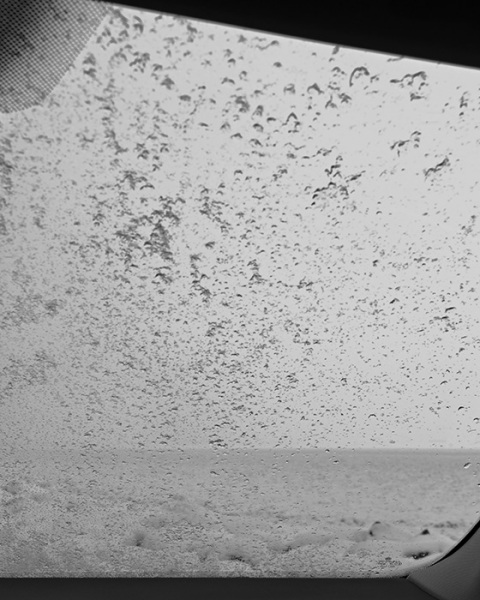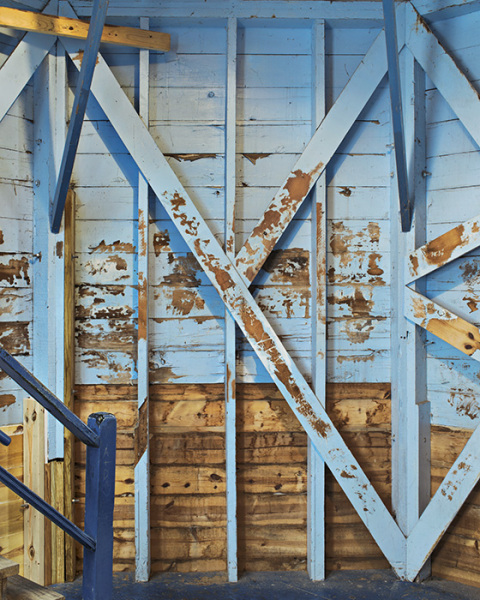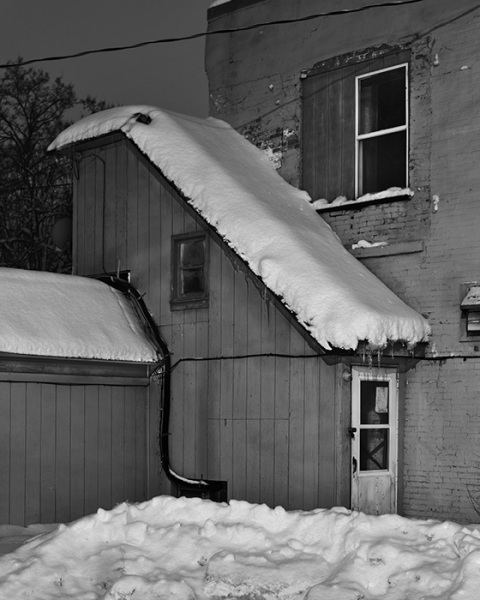Curator Conversations #2
Lisa Sutcliffe
Lisa Sutcliffe is the Herzfeld Curator of Photography and Media Arts at the Milwaukee Art Museum. From 2007-12, she served as Assistant Curator of Photography at the San Francisco Museum of Modern Art. Among the exhibitions Sutcliffe organised at SFMOMA were Naoya Hatakeyama: Natural Stories (2012), developed in association with the Tokyo Metropolitan Museum of Photography, and The Provoke Era: Postwar Japanese Photography (2009), the first survey of SFMOMA’s internationally renowned collection of Japanese photography. In her current role she has curated numerous exhibitions including Rineke Dijkstra: Rehearsals (2016); Sara Cwynar: Image Model Muse (2018); The San Quentin Project: Nigel Poor and the Men of San Quentin State Prison (2018); James Benning and Sharon Lockhart: Over Time (2019) and Susan Meiselas: Through a Woman’s Lens (2020). She received an MA in the History of Art from Boston University, where she specialised in the history of photography, and a BA in Art History from Wellesley College.
What is it that attracts you to the exhibition form?
I like making an argument through a sequence of images – telling a story about history and culture through objects. This kind of context is so important – it can transform our understanding of ideas large and small. Walking through an exhibition with the public is so rewarding because you can watch as people learn to see.
What does it mean to be a curator in an age of image and information excess?
We’re experienced sifters of visual information. I immediately think of historical references whenever I see a great picture, and I can sort through “the rest” much more efficiently. I think it is our job to interpret visual language by pointing to historical and cultural context and references.
Our field will undoubtedly be shifting due to the current pandemic and I wonder what it will mean to be a curator in an age of social distancing. I hope we can see this as an opportunity to find new ways to engage the public.
What is the most invaluable skill required for a curator?
I think one of the most invaluable skills is having an excellent visual memory. It’s like being fluent in a language and knowing how to find all the references you need to put together an argument.
What was your route into curating?
My mother was a painter, so art has always been an important part of my life and a tool I use to understand the world. I was always particularly interested in photography, but found that I enjoyed interpreting photographs made by others more than making them myself. So I began interning at galleries and museums when I was in college. Afterwards, I went to graduate school to study art history and continued seeking out internships (at the Museum of Fine Arts, Boston and deCordova Sculpture Park and Museum). My first position after graduate school was as a curatorial fellow at the deCordova. These kinds of opportunities for emerging curators are so important! From there I became an Assistant Curator in the photography department at SFMOMA, and now I am the Herzfeld Curator of Photography and Media Arts at the Milwaukee Art Museum.
What is the most memorable exhibition that you’ve visited?
I’ve seen countless exhibitions that I have liked for various reasons. In terms of what makes something memorable for me, I think it again has to do with context – when an exhibition is site-specific or conceived for a space/time/place, for example.
Sophie Calle’s exhibition at Paris’ Musée de la Chasse et de la Nature in 2017 was a wonderful example of an artist inserting her work into a unique collection (of objects and symbols of hunting) in a way that both gave new meaning to her work and transformed our understanding of the collection in which it was shown. How fitting for Calle, whose work examines themes of absence, love, death, often by constructing conceptual games for herself, to interact with a collection dedicated to the hunt. It was playful, vibrant, cerebral, and fresh.
What constitutes curatorial responsibility in the context within which you work?
I think this is a vital question right now. As curators we are responsible for considering equity and inclusion in how we conceive of exhibitions, build collections, and advocate for artists. We have a responsibility to provide a platform for diverse voices and narratives and we must ensure that the institution provides a responsible framework for the conversations we engage in with our public. It is not enough simply to add work to the collection, we must also advocate for artists, which includes providing a platform for their vision and paying them for their time and ideas. W.A.G.E. is a good resource for this in the US.
We must also ask how our institutions are responsible to the communities we represent and serve. When I organised The San Quentin Project: Nigel Poor and the Men of San Quentin State Prison in 2018, I formed partnerships with local and national groups and it was imperative that we didn’t exploit any of these collaborations. One of the most important ways to effect change is to ensure there are diverse voices represented and heard within curatorial/museum staff.
We can’t allow this important work to be sidelined when the economy tightens. The world needs artists and photographers more than ever to make sense of and help us recover from this pandemic.
What is the one myth that you would like to dispel around being a curator?
That curating is something that can be done with recipe lists and the shoes in your closet. Curating is about caring for objects – making sure they are preserved and conserved – and interpreting their cultural and historical narratives.
What advice would you give to aspiring curators?
You have to be a great advocate as well as a mediator (and sometimes a therapist). You have to be willing to fight for your ideas, for funding, for artists’ rights and dozens of other things, and you have to do so without creating any conflict. Collaboration is vital when you work for an institution; it takes an effective team to get projects accomplished. ♦
Further interviews in the Curator Conversations series can be read here.
Click here to order your copy of the book
—
Curator Conversations is part of a collaborative set of activities on photography curation and scholarship initiated by Tim Clark (1000 Words and The Institute of Photography, Falmouth University), Christopher Stewart (London College of Communication, University of the Arts London) and Esther Teichmann (Royal College of Art) that has included the symposium, Encounters: Photography and Curation, in 2018 and a ten week course, Photography and Curation, hosted by The Photographers’ Gallery, London in 2018-19.
Images:
1-Lisa Sutcliffe
2-View of the exhibition Penelope Umbrico: Future Perfect at Milwaukee Art Museum, 2016.
3-View of the exhibition The San Quentin Project: Nigel Poor and the Men of San Quentin State Prison at Milwaukee Art Museum, 2018.

